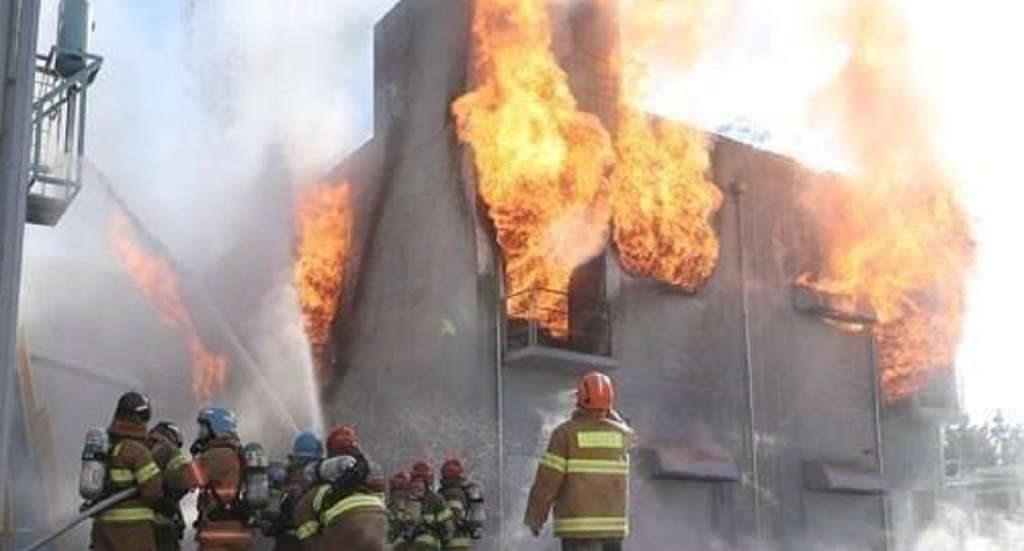
Safety Lessons from Large Scale Energy Storage Deployments
What we can learn from ESS fires in South Korea and how galvanically isolated, rack level DC-DC optimizers can improve safety and reduce the chance of fires and other mishaps
It is well understood that large scale energy storage is the key to allowing us to achieve our clean energy utilization goals in the effort to fight back against climate change. Energy storage helps us overcome the biggest draw back to renewable sources of generation like solar – the issue of intermittency. Pairing renewables with storage creates the opportunity to turn clean sources of generation into truly dispatchable energy resources.
Large scale lithium ion batteries can store a huge amount of energy and make it available on demand. However, the revolutionary benefit these batteries provide comes with a major public safety drawback: large scale lithium ion batteries can catch fire and even explode if not deployed safely. Such fires can be massive and particularly difficult to contain for first responders.

Above: A large-scale lithium ion ESS fire in Korea being put out by first responders. Given the large amount of energy stored by these systems, fire created when the fail can be particularly dangerous and hard to contain.
One less well-known fact is that as of 2019, South Korea is the world leader in megawatt hours of large-scale lithium-ion energy storage systems (ESS) deployed. That deployment experience has also meant South Korea has seen a number of fires and other mishaps of large-scale storage systems. In June of 2019, the Korean government issued a report on the conclusions its fire investigation committee drew regarding the root cause of the 23 energy storage system fires that have occurred there since August of 2017.
In their report, Korean officials stated:
“Systems were not able to properly protect against electrical hazards due to ground faults or short circuits... The short circuit current allowed the failures cascade to the bus bar which resulted in fires inside the ESS”.
All the failed systems studied were charged/discharged by a monolithic power converter that required all of the battery racks in the ESS to be connected in parallel on the same DC-bus.
How the Alencon BOSS can Help
Here at Alencon, we build a unique DC-DC optimizer known as the bi-directional optimizer for storage systems – the BOSS - which has been specifically designed to address the exact safety shortcomings in large scale lithium-ion ESS found by the Korean government in their investigations. The BOSS is a galvanically isolated DC-DC converter that charges each rack in a large scale ESS separately and thus eliminates the need for common bus bar and prevents the catastrophic failures by detecting ground faults and short circuits before they happen.
Want to learn more about this? Visit https://alenconsystems.com/whitepapers/improving-safety-large-scale-energy-storage-systems/ to download a comprehensive white paper on the topic of how Alencon’s galvanically isolated, rack level DC-DC converter can reduce the likelihood of ESS mishaps.